Bags full of bloody children's clothes, a butcher's knife, bone fragments hidden behind a wall. Clay jars and bowls filled with fragments of bodies and organs - either preserved or still floating in clotted blood ... A find discovered in Barcelona in 1912 could outshine modern gore cinema.
The list is not over yet. Lard made of human fat, baby hair, bottles of medicines, ointments and preparations prepared for sale, among them old books and notebooks with recipes.
This terrible find may sound like the story of an evil witch living in a secluded hut, pushed to the margins of society. Meanwhile, this arsenal existed in an ordinary tenement house in the poor, densely populated district of Raval, in the 20th century - not in the deep Middle Ages.
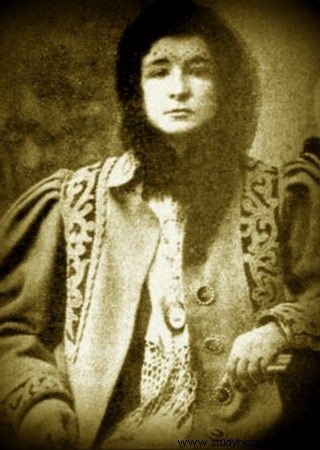
Enriquea Martí and Ripollés, Barcelona's Baba Yaga in person.
He belonged to only 43-year-old quite attractive woman whom the press dubbed "the Barcelona vampire." But one should rather call her a "bloody businesswoman." She ran a lucrative business in response to the needs of the wealthy strata of Spanish society.
Prostitution, witchcraft and pedophilia
Enriqueta Martí i Ripollés was born in 1868 in the coastal town of Sant Feliu Llobregat in southern Catalonia. As a teenager, she nursed children, but quickly made a career in "the world's oldest profession". She worked either in brothels or wherever there was a need.
At the age of 27, she married the painter Joan Pujaló, but her marriage fell apart due to Enriqueta's infidelity and inconsistency. As Joan confessed, she was too fond of men and places he did not like.
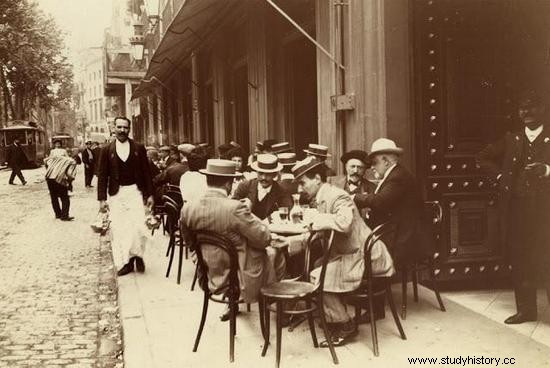
Barcelona, such a beautiful and peaceful city. None of these things are just appearances.
In fact, it's hard to say when Enriquet had the idea to start a macabre business. She began to deal with child pimping, black magic and healing at the same time. Sources confirm that she entered into deals with several people from high society who successfully covered her.
In 1909, social and political tensions erupted in Barcelona, resulting in the so-called "Tragic Week". Enriquet was then detained on the charge of running a brothel, where she had been keeping children between the ages of 3 and 14. During the police raid, one of the clients also came in - a young man from a very influential family. Enriquet never stood trial. The case file is mysteriously lost.
Nosy neighbor reports
The second time around, the Barcelona witch was not so lucky. On February 27, 1912, Enriqueta was poured out by a neighbor who saw a girl with a shaved head in the window of apartment No. 29 on Ponent Street (today Joaquim Costa).
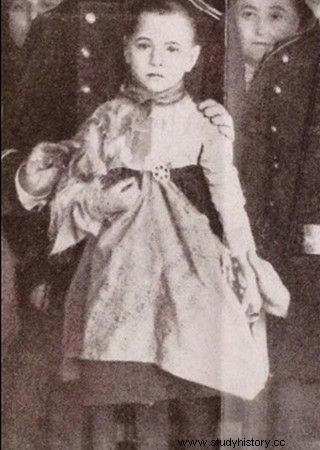
Teresita Guitart in the photo taken after she was found at the Ripollés house.
At that time, the whole district was looking for Teresita Guitart - the daughter of a very respected, though poor, family. A neighbor told a local mattress dealer about it, who immediately went to the police.
After entering the apartment (the pretext was the suspicion of having… chickens), the policemen found two girls who at first pretended to be Enriqueta's daughters, but after a while they admitted lying. One of them turned out to be the wanted Teresita and told the police about how she met her kidnapper on San Vicens Street, where she kidnapped her in a truly fairy-tale style - tempted with sweets and then hid her under her coat.
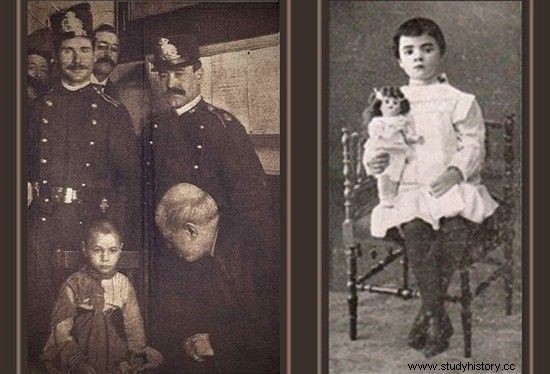
Angelita, another girl saved from the hands of Baba Yaga in Barcelona.
In the apartment, she cut her hair and changed her name to Felicidad. She was physically abusive and starving her, giving only potatoes and old bread to eat. The girls also testified that a boy named Pepito was with them. The second, named "Angelita", by chance suspected the boy had been butchered on the kitchen table . She then testified that she "went back to bed and pretended to be asleep."
The king drank blood too
Enriquet was brought to trial but no murder charges were brought against her. Kidnappings, forgery of public documents - yes, but no crimes. The evidence was found to be insufficient and everything was based on presumptions, although the testimony was shocking. According to one of them, "the Barcelona vampire":
She kidnapped babies and infants and murdered them, then used their remains to make potions that she sold for large sums to rich townspeople. The blood, fat, hair and bones of the defenseless victims were the basis of tonics, liniments and compresses with healing power that the rich bought to cure tuberculosis.
Besides, not only tuberculosis, because venereal diseases were also “treated” and aging was prevented. The prosecutor was afraid that too important personalities would be involved in the case and - God forbid - they would have to be brought to justice. And the tentacles of the crime reached really high, even to King Alfonso XIII himself, who was supposed to buy blood preparations from Enriqueta and drink it as a remedy for a mysterious disease. 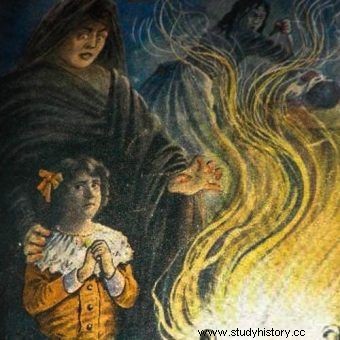
On the other hand, a respected anthropologist and folklorist, Joan Amades, a later UNESCO collaborator, was to obtain human bones from the "vampire from Barcelona". Barons, doctors, lawyers, merchants, politicians, high-ranking officials, cultural activists - Enriquet's clients included the cream of Spain's society.
Compromising coded letters with signatures and initials were found, along with lists of names. It is hardly surprising that even court experts called to examine the remains quickly decided that they were definitely animal bones. Meanwhile, the press was buzzing:
Bones confirm barbaric crimes, and ointments and medicines are evidence of medieval superstitions.
The case sank with the Titanic
The beginning of April 1912 was the perfect time to cover up the case of the "Barcelona vampire." The Titanic was about to sink, and the eyes of the world turned to America. The influential and the rich breathed a sigh of relief.
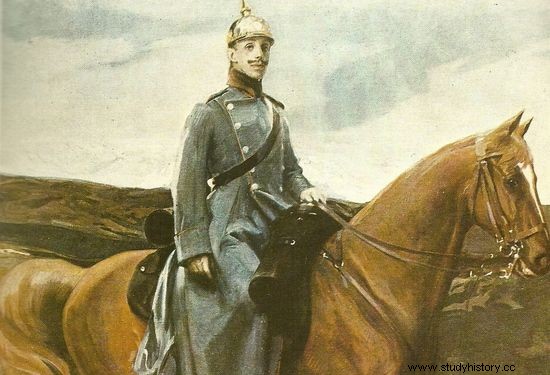
Even King Alfonso XIII himself was to use Enriqueta's services.
And Enriquet? She was sentenced to just 11 months in prison. On May 12, 1913, she was found dead in one of the yards of the prison. She was brutally beaten, but the newspapers said she died of uterine cancer. Too many people wanted her silence.
In an article devoted to psychopathic tendencies and the sexual basis of crimes committed by serial murderers, we read that science has identified only two such cases so far. The first is Aileen Wuornos, brilliantly portrayed by Charlize Theron in the movie Monster. The other is Enriqueta.
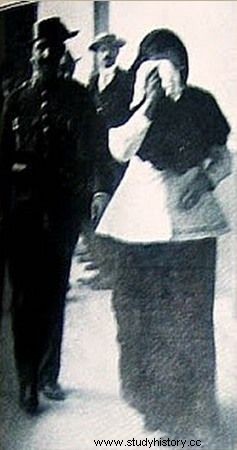
Enriquet knew too much, so she had to die. In the photo right after the arrest.
The number of her confirmed victims based on the discovered fragments of remains was estimated by the investigators at 12, but it must be remembered that she murdered over many years. She could have hundreds of them on her account.
